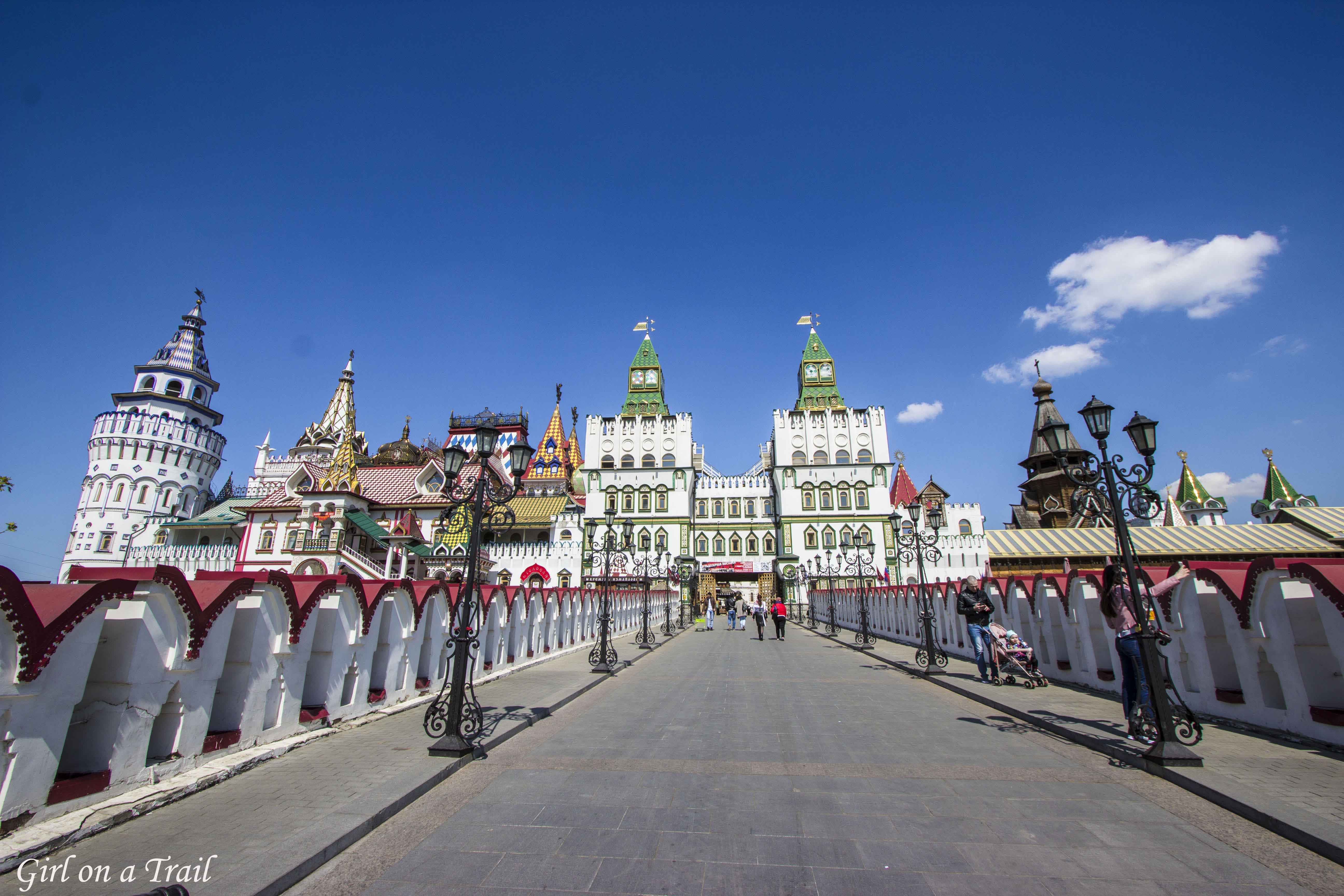
Muscat – A City from the Tales of the Arabian Nights…
Muscat, the capital of Oman, has a unique fairytale charm in my view. It looks like something straight out of the Tales of the Arabian Nights, but with a modern twist. Enchanting palaces, forts perched on rocky cliffs, lush green oases, white architecture, scenic coastlines, and spice-scented bazaars create a distinctive atmosphere of this city.



I began my exploration in the eastern part of Muscat, often referred to as the Old City. It’s the most iconic area of the city, home to numerous government buildings and elegant villas. However, the highlight here is Al-Alam Palace, one of the six residences of the Sultan of Oman. Used mainly for ceremonial purposes, the palace was built in the 1970s. Its name, meaning “Palace of the Flag,” originates from a local legend that any slave who touched the flagpole on its grounds would gain their freedom. Despite its relatively modern construction, the palace’s architecture reflects Islamic traditions, with stunning blue mosaics and unique blue and gold columns. While the palace is not open to the public, visitors can approach its gates to take photos.

Strategically located near the harbor on the Gulf of Oman, the palace is flanked by two Portuguese forts – Al Jalali and Al Mirani. Built in the 16th century during the Portuguese occupation of Muscat, these forts were part of a formidable defense system. Rugged coastline, mountains, forts, and watchtowers must have made Muscat nearly impregnable in ancient times. Al Jalali and Al Mirani were not only key to protecting the harbor but also symbols of Portuguese dominance in the region. Their strategic location allowed control over the gulf, making Muscat a critical hub for maritime trade and defense.


For a panoramic view of Muscat and the Corniche promenade, head to Riyam Park, perched on a hill. At its highest point stands the iconic Frankincense Burner Monument.


Driving along the three-kilometer Corniche, it’s worth stopping at Mutrah Fort, perched atop a rocky outcrop. From here, you can enjoy breathtaking views of the harbor and the Gulf of Oman. Built in the early 16th century and later modified by the Portuguese around 1560, the fort served defensive and observational purposes.



At the base of the fort lies another must-visit spot – Muttrah Souq. This is one of Oman’s oldest marketplaces and offers a unique, untouristy experience. Strolling through its narrow alleys, you can witness the daily life of locals. The souq is divided into sections, each with its distinct character.

Here, you can find local handicrafts, jewellery, spices, everyday items, and clothing. One defining feature of Omani bazaars is the omnipresent aroma of frankincense, an essential oil derived from Boswellia sacra trees native to Oman. With a history spanning thousands of years, frankincense has been used for religious and medicinal purposes and is now popular in aromatherapy.

For an evening stroll, head to Qurum Natural Park, the largest park in Muscat. It offers walking paths, playgrounds, gardens, picnic spots, cafes, and a lake.


Nearby, Al Qurum Beach is particularly picturesque at sunset.

Unfortunately, due to the lack of time, I couldn’t visit the Sultan Qaboos Grand Mosque during its opening hours. When I arrived, it was already dark, and the parking lot was full of locals heading for evening prayers. Nevertheless, even from the outside, the mosque made a lasting impression on me. It’s the largest mosque in Oman, capable of accommodating up to 20,000 worshippers. Its five minarets, symbolizing the five pillars of Islam, and the central dome rising 50 meters above the ground dominate Muscat’s skyline.

Muscat seamlessly blends tradition with modernity. It surprises with its enchanting architecture that merges Islamic motifs with contemporary styles. Picturesque forts stand as a testament to the city’s historical significance, while a visit to Muttrah Souq offers an intimate glimpse into daily life. This is a city worth visiting to experience the magic of the Tales of the Arabian Nights in a modern setting.




